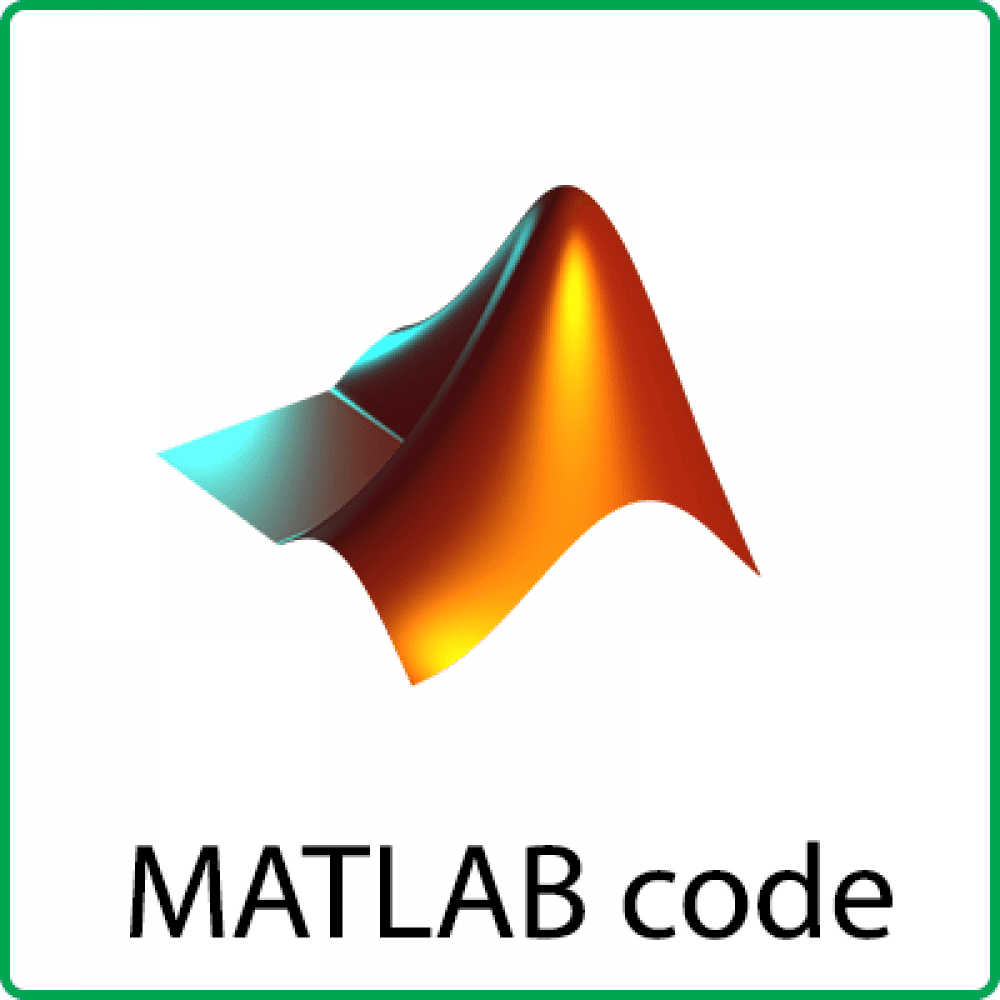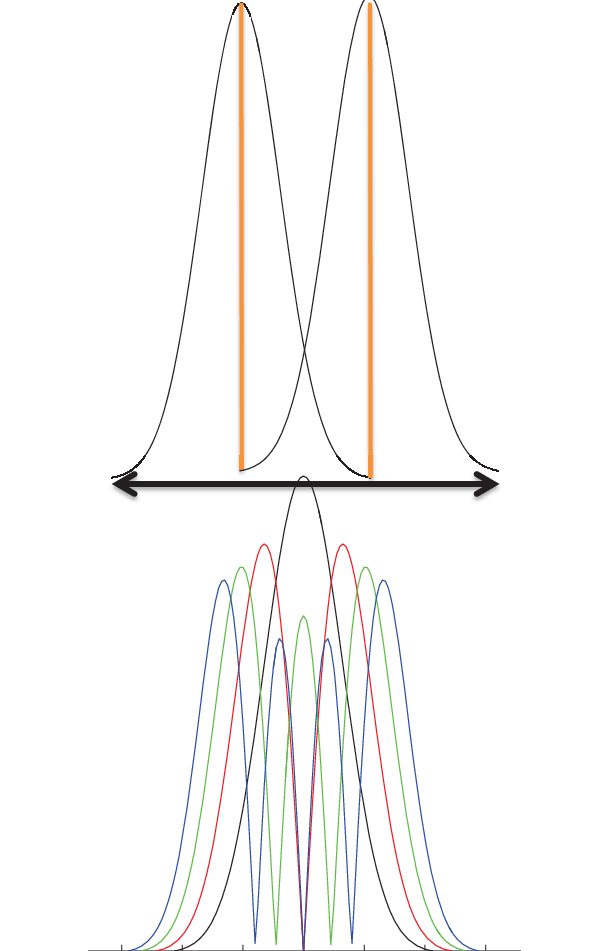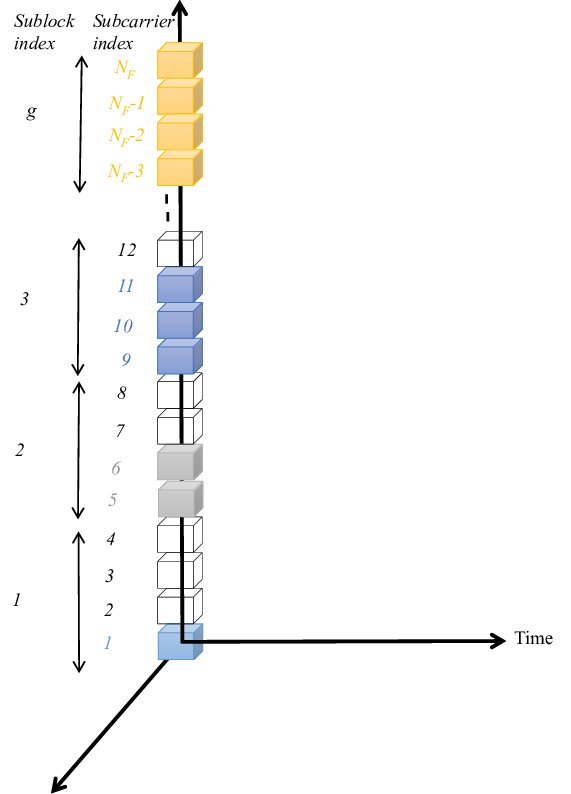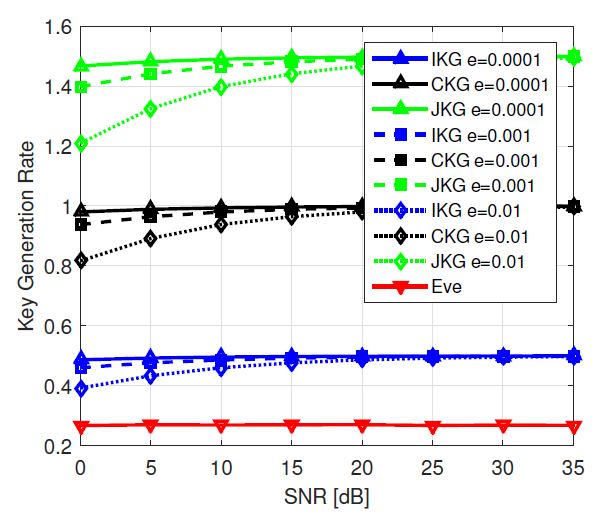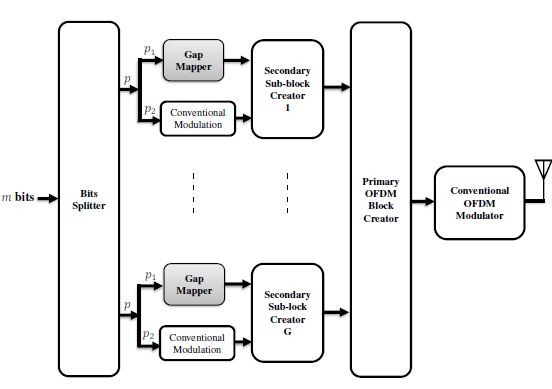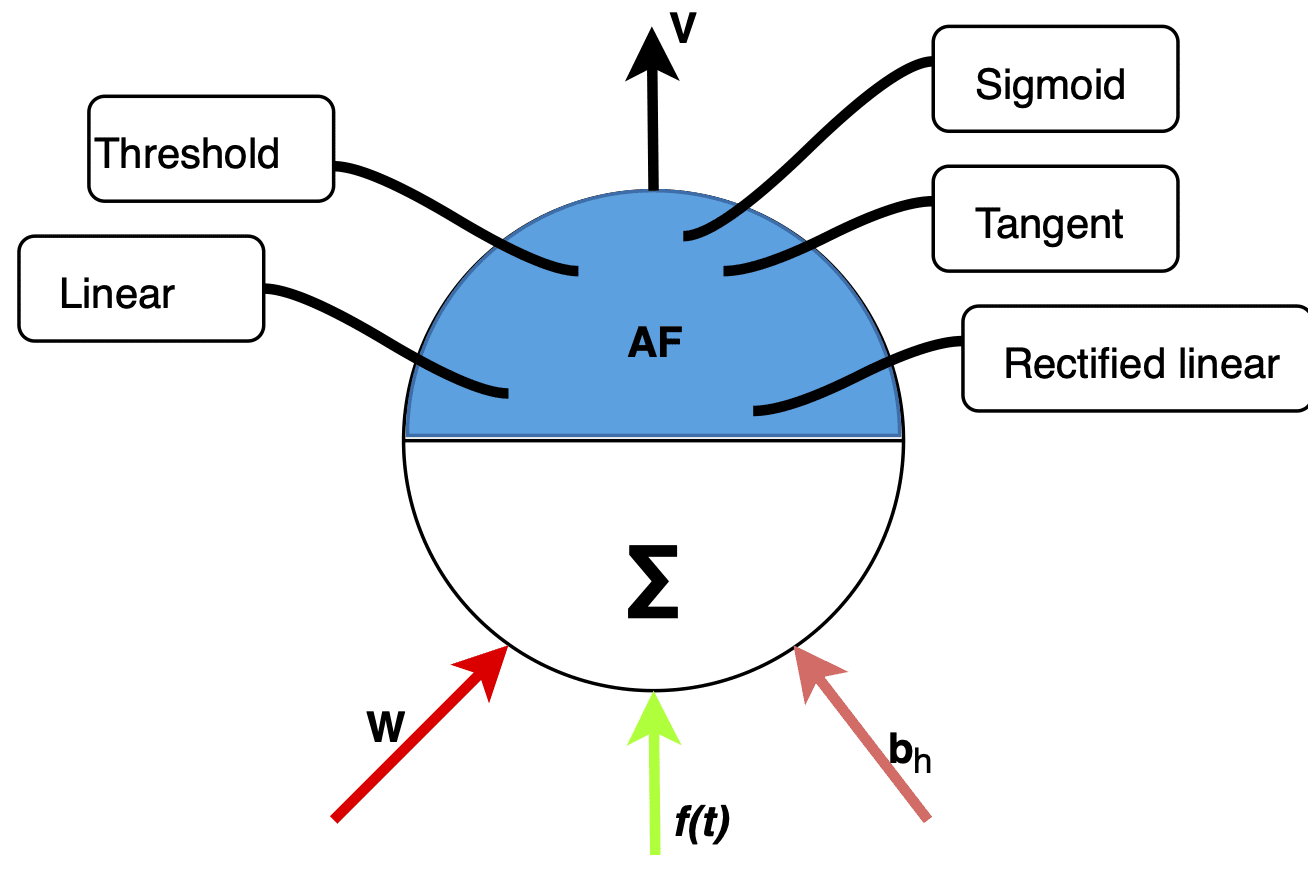Description
The package provides the simulation codes used to generate the results related to OFDM with MIMO + the results shown in the paper titled “Modulation Options for OFDM-Based Waveforms: Classification, Comparison, and Future Directions“.
The paper provides a comparative study on the performance of different modulation options for orthogonal frequency division multiplexing (OFDM) in terms of their spectral efficiency, reliability, peak-to-average power ratio (PAPR), power efficiency, out-of-band emission, and computational complexity. The modulation candidates are classified into two main categories based on the signal plane dimension they exploit. These categories are: 1) Two-dimensional (2-D) signal plane category including conventional OFDM with classical fixed or adaptive QAM modulation, and OFDM with differential modulation (OFDMDM) where information is conveyed in changes between two successive symbols in the same subcarrier, or between two consecutive subcarriers in the same OFDM symbol. 2) Three dimensional (3-D) signal plane category encompassing: A) Index-based OFDM modulation schemes which include: 1) Spatial modulation orthogonal frequency division multiplexing (SMOFDM) where information is sent by the indices of antennas along with conventional modulated symbols, 2) OFDM with index modulation (OFDM-IM), where the subcarriers’ indices are used to send additional information, B) Number-based OFDM modulation schemes which include OFDM with subcarrier number modulation (OFDM-SNM), in which number of subcarriers is exploited to convey additional information, and C) Shape-based OFDM modulation schemes which include OFDM with pulse superposition modulation (OFDM-PSM) where the shape of pulses is introduced as a third new dimension to convey additional information. Based on the provided comparative study, the relationship and interaction between these different modulation options and the requirements of future 5G networks is discussed and explained. The paper is then concluded with some recommendations and future research directions.
Note: After purchasing this product and downloading the file, you just need to add the extension of the file (.zip) at the end of its name to make it open properly.
Also, the consultation and mentorship for doing what you want professionally according to the academic standards and high quality requirements of publishers is not included by just buying this product. Such thing can be provided separately.
